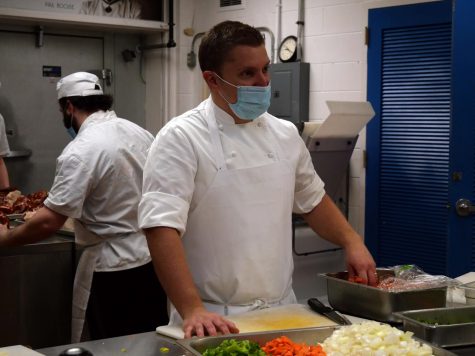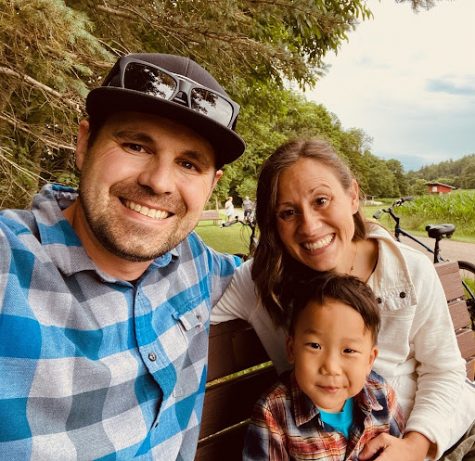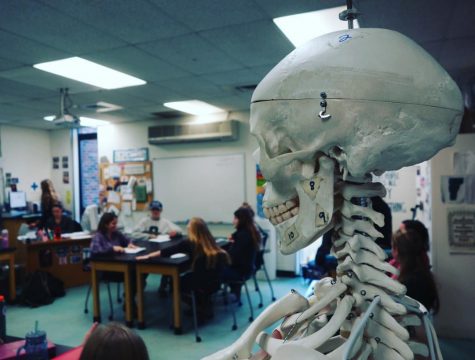Swaying Speakers
May 9, 2016
It takes a special kind of person to become a history teacher. It takes a person who knows history like they were there and can actively teach it to a group of people.
In elementary school, guest speakers are often brought in to speak to a class about their experiences. As kids get older, they are taught more and more to rely on textbooks over people. So, guest speakers are rarely brought in.
Janelle Cox from teachub.com wrote, “Guest speakers offer something that you can’t offer your students; a different perspective. […] A guest speaker supports a topic that you may know little about and can offer your students a different point of view, one that they may better understand.”
For the same reasons as Cox, the Bellows Free Academy Social Studies Department teachers strive to bring in more guest speakers. But why don’t they?
“I found it very difficult to find speakers who could come in and speak to teenagers in a way that engages. This is not to say that it’s hard to talk to teenagers. If somebody is going to speak to a class they need to be able to speak to a class in a way that is engaging and interesting. Otherwise, you get a room full of people, including me who are tuned out,” Justin Bedell, a 9th grade global studies teacher said.
David Rider, an A.P. U.S. History and A.P. Government and Politics teacher also found it difficult to get a speaker who knew how to both talk to teenagers while keeping their information relevant.
“Sometimes it’s easy to get people to come in, but it’s hard to get them to stay on the topic. So, you invite someone to talk about x and they end up talking about y. And the other challenge is really good lawyers sometimes aren’t really good at talking to a room full of teenagers. Just because you’re a really effective professional doesn’t mean that you’ll be great talking in a classroom,” Rider said.
Luckily, with the world at our fingertips thanks to the internet, there are other ways to incorporate other people into a lesson plan. Bedell has found alternative methods to make up for the lack of capable guest speakers.
“After my last [speaker] I just said, okay, I’ll find other ways; Ted Talks is a great way to do that, I’ve incorporated that quite a bit. Youtube has also been a great tool, I’ve incorporated that quite a bit. There’s nothing like having a speaker, the human body there, a person to engage with. But, again, they’ve gotta bring that talent and skill with them,” Bedell said.
Online sources can also be viewed heavily beforehand. A teacher will know exactly what the students will get out of on online sources. There is no trouble with wondering if they will be interesting or stay on topic.
“I’m very careful to pick videos that my students can connect with. There’s a bunch of previewing and figuring out ahead of time, ‘Why am I going to show this video? Why am I going to allow this speaker, through the technology, speak?’ So, there are very clear outcomes for kids,” Bedell said.
Does this mean live speakers are a thing of the past? Is it more, or as, effective showing people speak in pre-recorded videos? According to the BFA social studies teachers, it varies.











